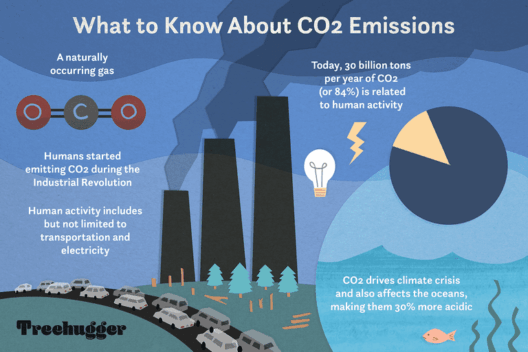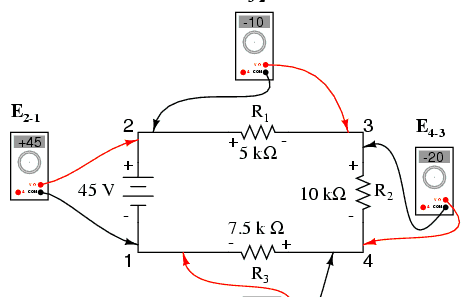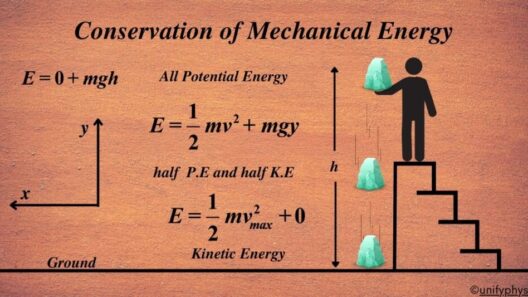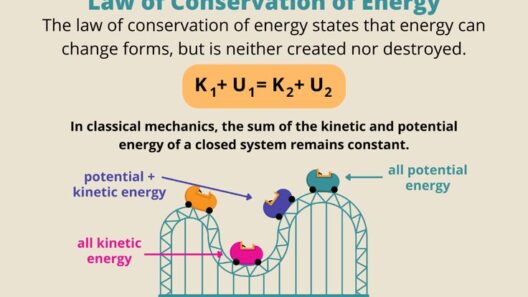When grappling with the fundamental principles of physics, one might encounter an intriguing inquiry: Does a transformer violate the law of conservation of energy? The answer to this question unfolds within the intricate relationship between electricity and magnetism, urging us to examine the principles that govern these domains.
At its core, the law of conservation of energy posits that energy cannot be created or destroyed; it merely transforms from one form to another. This concept underlines the foundation of all physical processes. When one considers a transformer, which is predominantly employed in electrical engineering to alter voltage levels, it becomes essential to explore how energy transformation occurs within its design and operation.
A transformer operates on the principles of electromagnetism and relies on alternating current (AC) for its functionality. At its simplest, a transformer consists of two coils of wire, known as the primary and secondary windings, wrapped around a magnetic core. When an AC supply is connected to the primary winding, it generates a magnetic field that fluctuates with the current. This variable magnetic field then induces a voltage in the secondary winding through the process of electromagnetic induction.
While this phenomenon may seem to suggest a magical transformation of energy, a closer analysis reveals that energy is neither created nor annihilated. Instead, energy is transferred between the primary and secondary coils, albeit at different voltage levels. In this regard, one might argue that a transformer serves as a bridge that facilitates energy transformation rather than a violator of conservation laws.
To further dissect this operation, consider the roles of voltage and current in a transformer. The voltage output of the secondary coil can be higher or lower than that of the primary coil, depending on the turns ratio between the two coils. If the voltage increases, the current must decrease to conserve energy, and vice versa. This interplay exemplifies the conservation of energy; the product of voltage and current (power) remains constant minus some losses due to inefficiency, typically manifested as heat.
Moreover, the efficiency of a transformer can be quite high, often exceeding 95%. However, this efficiency does not imply that the energy conversion is flawless. Losses arise due to a variety of factors, including copper losses in the windings due to resistance and iron losses in the core due to hysteresis and eddy currents. Thus, while a transformer may successfully convert energy from one form to another, it does so at the cost of a small fraction of total energy, adhering closely to the law of conservation of energy.
One might interject with a challenge: if energy losses exist, can we interpret them as violations of the conservation principle? The answer can be enlightening. In a holistic view, the losses are simply manifestations of energy dissipated rather than energy destroyed. They serve as reminders that all systems have limitations, often attributed to material constraints and design inefficiencies rather than any fundamental breach of natural law.
Transformers play a vital role in various applications, from stepping voltage up for long-distance transmission to stepping it down for safe consumption in homes and businesses. The operation of transformers thus underscores the efficient transmission of electrical power across vast distances, a necessity in modern infrastructure. For instance, high-voltage transmission minimizes energy loss during transport, illustrating the transformative journey of energy while adhering strictly to conservation laws.
In the context of renewable energy sources, the role of transformers extends further. As systems designed to harness solar, wind, or hydroelectric power integrate into the mainstream grid, transformers are pivotal in converting the fluctuating voltages generated by these sources into stable, usable electricity. Here, one can see that transformers transcend their mere mechanical function, embodying a vital role in promoting sustainable energy practices and the quest for decreased reliance on fossil fuels.
Nevertheless, it also raises further considerations. As electrification proliferates and demand for energy escalates, the design and efficiency of transformers become paramount. Innovations in materials and technology promise to enhance efficiency, potentially yielding transformers that can operate with minimal energy loss. These advances not only adhere to conservation principles but also pave the way for more sustainable energy systems. The greater the efficiency, the less energy wasted, thus aligning seamlessly with conservation of energy ideals in practice.
To encapsulate the inquiry, a transformer does not violate the law of conservation of energy. Instead, it demonstrates the principles of energy transformation stoutly. It transforms electrical energy across varying voltage levels while adhering to the fundamental laws of physics. The presence of losses does not indicate a breach of natural law but rather reflects the complex realities of energy transfer. In the grand tapestry of energy systems, every component, including transformers, plays a critical role in the transmission and utilization of energy, reflecting both the challenges and triumphs of our pursuit for efficiency.
In conclusion, by acknowledging the elegant dance of energy conversions within transformers, we can appreciate their essential function in contemporary society. The question posed—whether transformers violate the law of conservation of energy—serves not just as an academic inquiry but as a lens through which we can explore the foundational principles that govern our engagement with energy. In safeguarding these principles, we not only engineer efficient systems for today but also cultivate a sustainable tomorrow.








